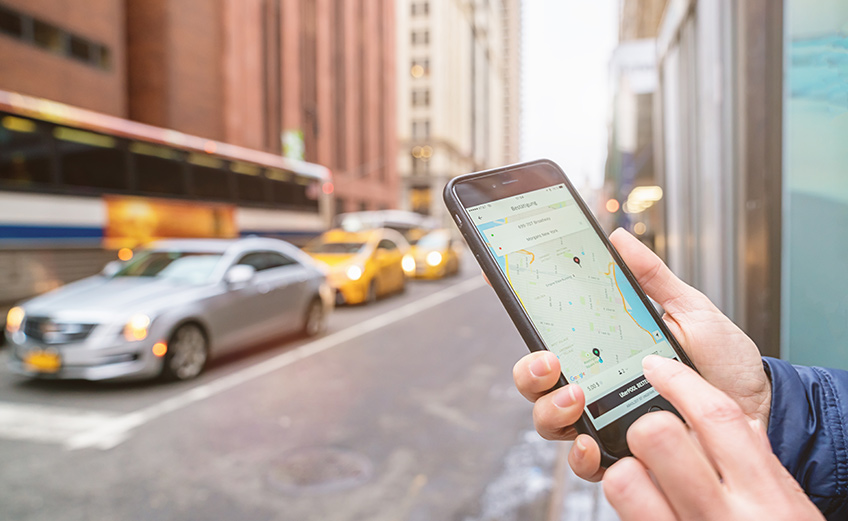Research Spotlights Energy Efficiency of Ride-Hailing Services
At one time or another, many of us have used ride-hailing programs via smartphone apps to schedule and pay for a car service to work, social occasions, or family visits. But did you know there is research happening at NREL to understand the energy impact of these growing services as well as factors influencing the frequency and patterns of their usage?

On May 18, that research was the focus of an NREL-hosted discussion with industry and academic representatives regarding energy use related to ride-hailing services. These services have the potential to disrupt traditional car ownership paradigms from the past 50 years and have taken off recently, buoyed by the surge in younger consumers who only know a world with technology at their fingertips. Research indicates that ride-hailing options should be networked, electrified, shared, and mobile-friendly to best realize improvements in road congestion, energy use, air quality, and sustainability of transportation energy sources.
"The opportunity to gather insights on this new mobility option and consumers' increasing acceptance of accessing transportation through their cellphones will help inform research that can optimize future vehicle usage," said Stan Young, NREL Mobility Systems Team Lead. "Knowing what is feasible in the near future can inform planning direction for states, municipalities, and airports that want to take the most advantage of this disruptive mobility option."
This approach is supported by insights from a case study showing that ride-hailing services used for business travel can reduce miles traveled and even the amount of money spent per trip and per day. On the service side, Alejandro Henao, an NREL post-doctoral researcher who became a ride-hailing driver to obtain data for his Ph.D. research, has collected data that give insight into the transportation and energy impacts of these services. Early research indicates that while ride-hailing could be creating more congestion, there are significant opportunities to redesign our country's transportation systems, support a shift away from private car ownership, and reduce the cost when vehicle occupancy of ride-hailing services is higher, which could result in massive mobility shifts and beneficial energy and transportation outcomes.
Overall, ride-hailing services are a growing segment of the transportation sector and a leading example of mobility as a service. Ride-hailing is just one of a host of new technologies and business models transforming how we as a population move, which in total could contribute to a potential 60% energy savings by 2050. This is part of NREL's sustainable mobility research, which is looking at transportation as a network of travelers, services, and environments—rather than just vehicles and roads.
Last Updated May 28, 2025
